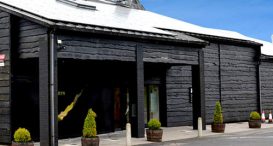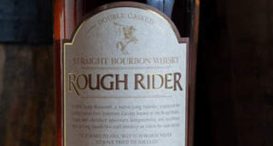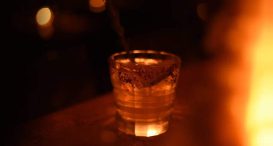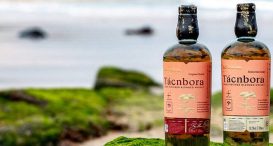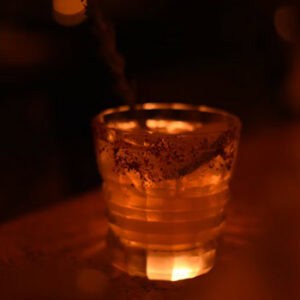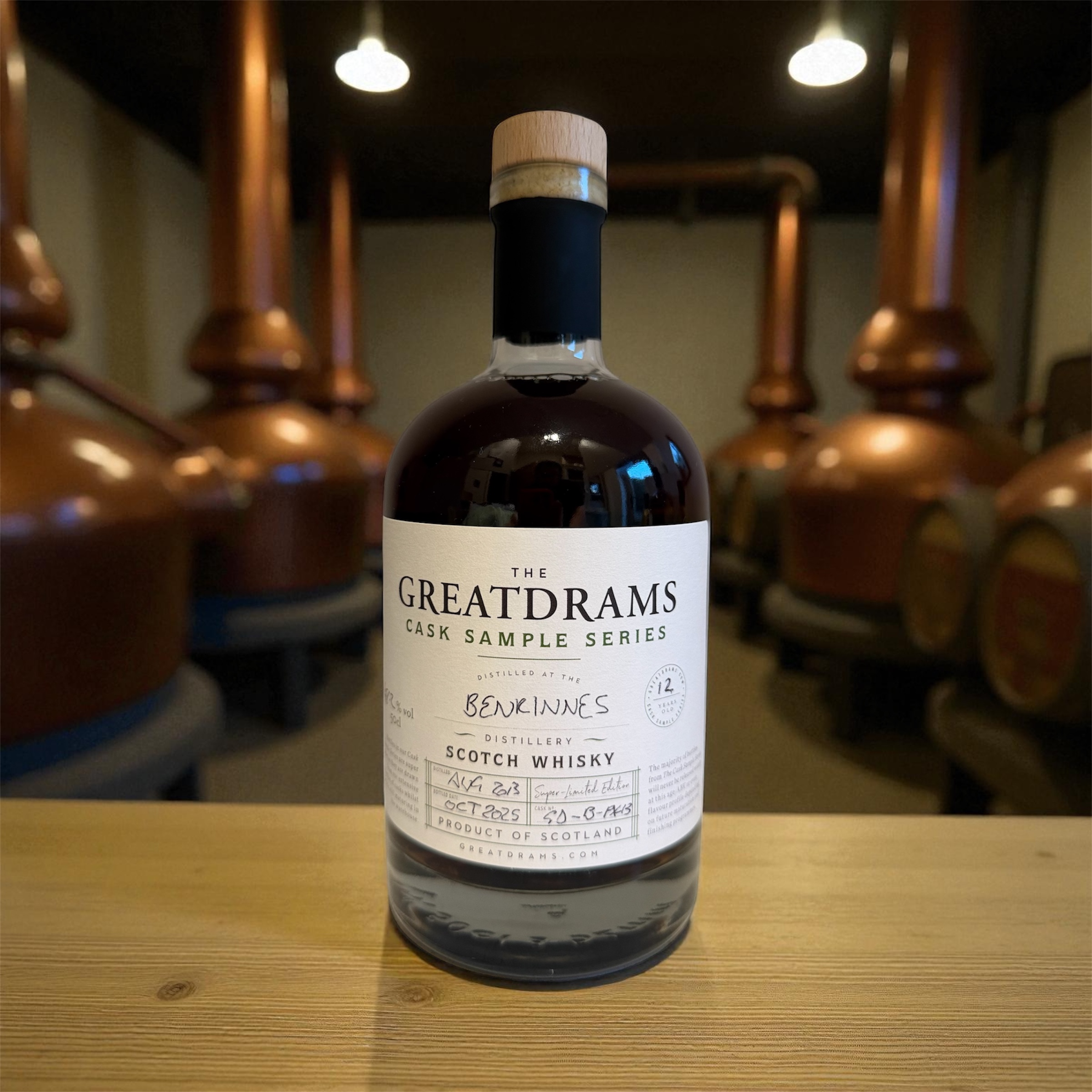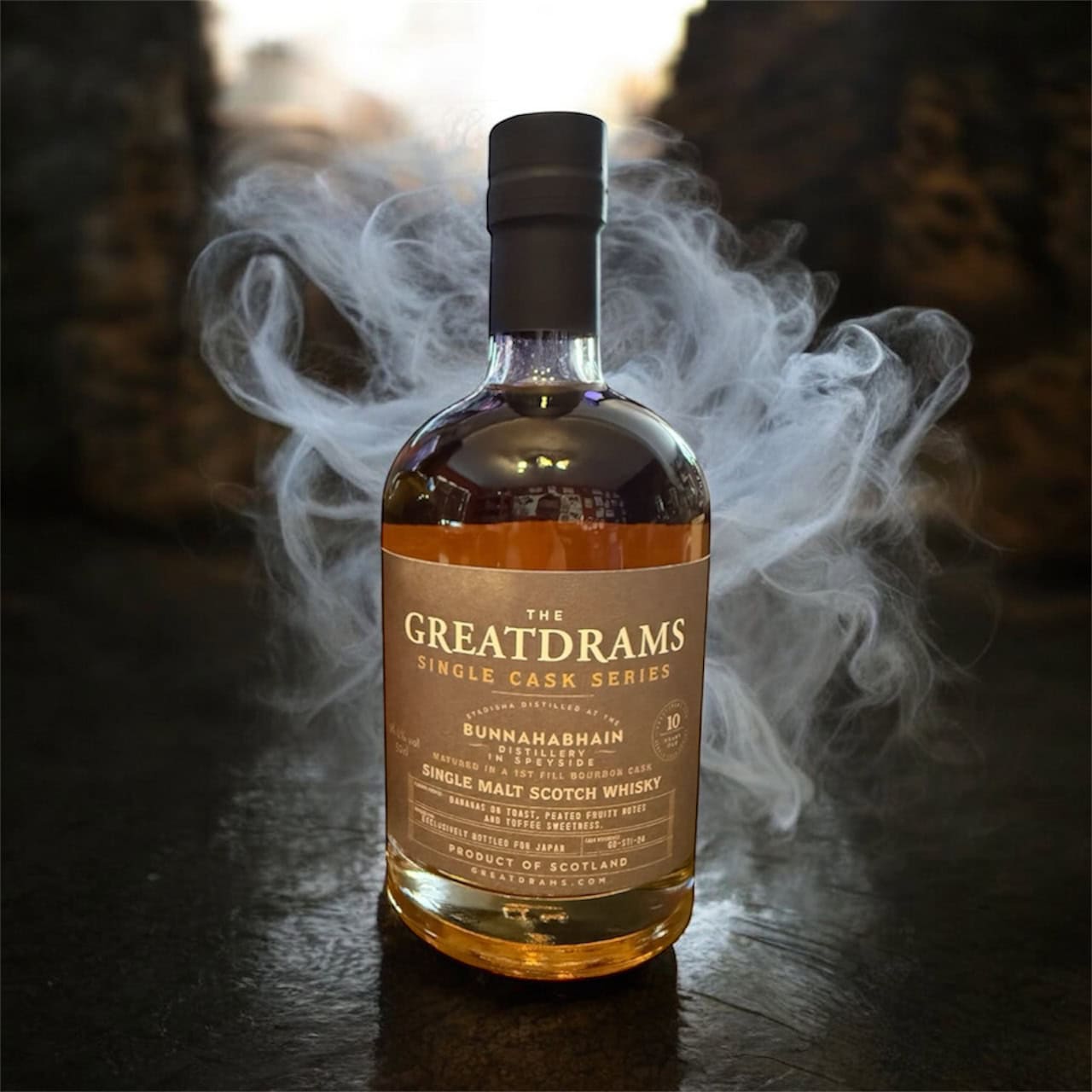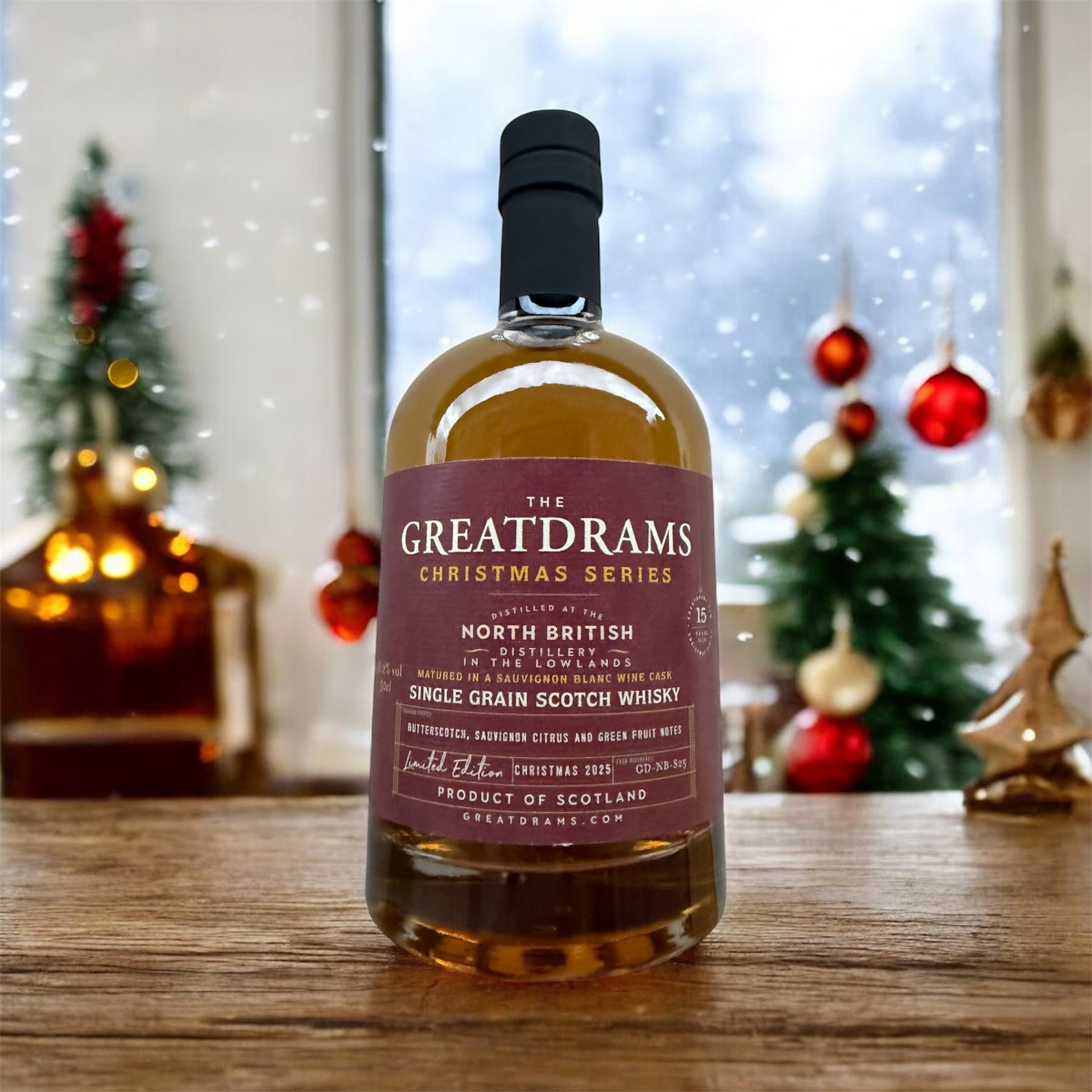Industry legend: Peter Mackie
let’s begin
The term genius is used often but not always in the right context. But when it comes to Peter Mackie the word is very aptly applied.
The son of a farmer and distiller, Mackie was born on November 26th 1855 in St. Ninians near Stirling.
Clearly Whisky was in his blood from the beginning as his uncle was also in the industry and at the age of 23, Mackie joined him in his firm, Mackie & Co. This firm had been started in 1856 and Mackie was joining a pretty lucrative firm.
He was based in Lagavulin Distillery on the Isle of Islay,which had been passed to the company in 1867, and here he learnt everything about the day-to-day running of a distillery.
In the mid-1880s the company really began to take off and Mackie rose to the top. He was made a founding partner and with the death of his uncle in 1889, he took over both the ownership and management of Lagavulin.
This was also the decade when Mackie & Co. began blending Whisky and in 1890 they became registered distillers. With this came their first blend, named White Horse, named for the White Horse Inn in Edinburgh that had been associated with the Mackie family for centuries.
In a few short years the blend was enjoying great success and in 1895 Mackie & Co. became a limited company. This was when they decided to turn their hand to distillery ownership and built Craigellachie in 1891 and bought Hazelburn in 1920.
Mackie was fiercely proud of his product and his business acumen. Not only was he ownder and manager of Lagavulin, but his company also acted a sales agent for the nearby Laphroaig Distillery.
When Laphraoig decided that they could go it alone and severed ties with Mackie, he retaliated by building a whole new distillery in an attempt to recreate Laphroaig.
Malt Mill was opened in 1908 and sourced its water from the same place as Laphroaig. Mackie even succeed in stealing away some of Laphroaig’s workers, including their brewer and had exact replicas of their stills installed.
But this distillery did not just exist to spite their neighbours. Mackie was far too smart for that and he put the distillery to some good use.
Here he staged many different experiments in order to improve the flavour of his product as well as seeking to learn more about traditional distilling techniques.
The kiln in Malt Mill was fired entirely by peat and Mackie added heather to the mash, believing this to be an historical practice.
Despite not succeeding in recreating Laphroaig malt, Malt Mill didn’t do too badly and continued production until 1960.
In 1920 Mackie was made Baronet and also purchased Hazelburn in the popular region of Campbeltown.
Unfortunately for him, Campbeltown Whisky began to lose its appeal but the enterprising distiller did not let this beat him. He began to market Hazelburn not as Campbeltown Whisky, but as Kintyre Whisky, in an effort to distance the malt from its place of origin.
Mackie died in only four years later in 1924 and in the same year Mackie & Co. became White Horse Distillers Ltd.
The company was sold to DCl, now Diageo, three years later an the White Horse blend is still thriving to this day, all thanks to the wonderful work done by its founder.



